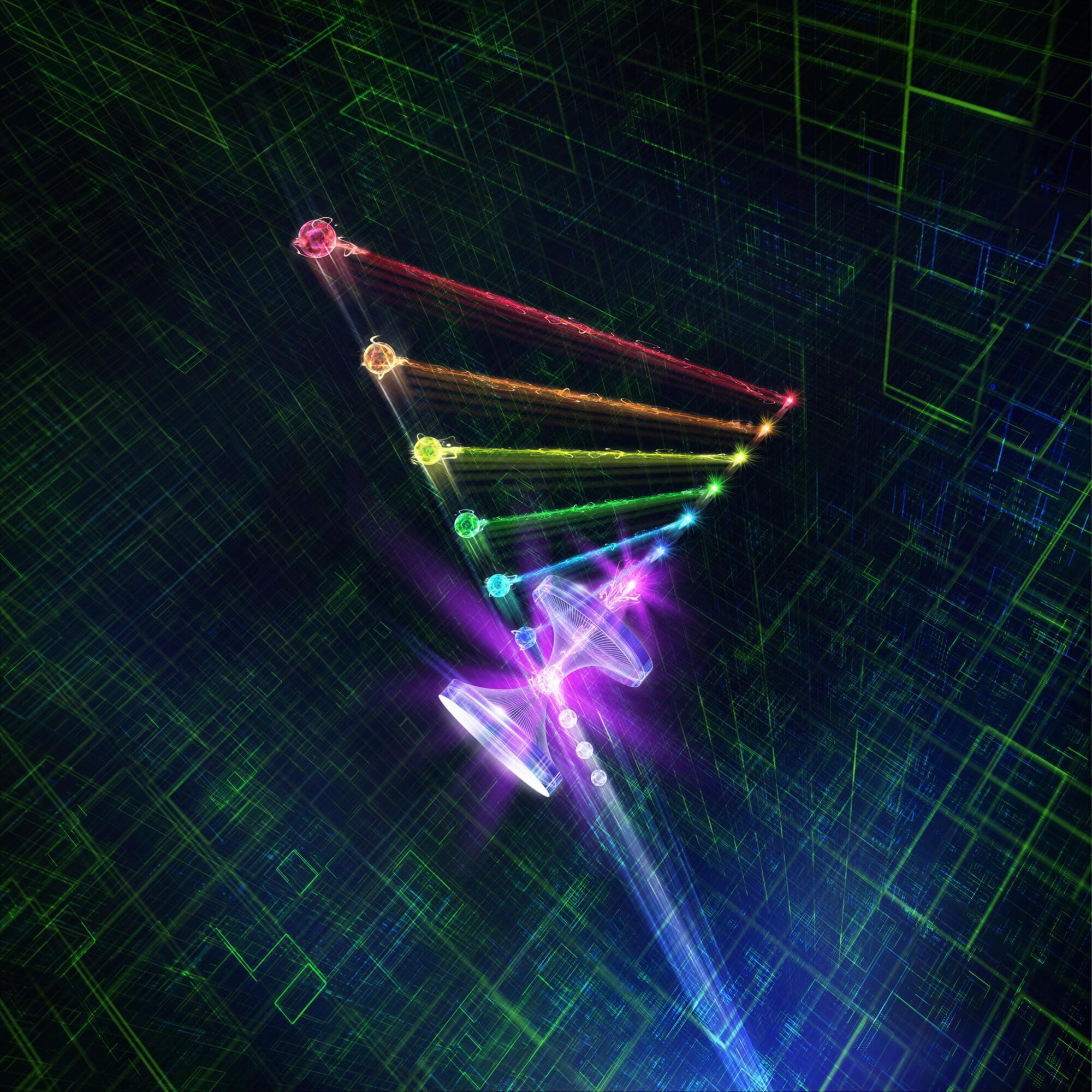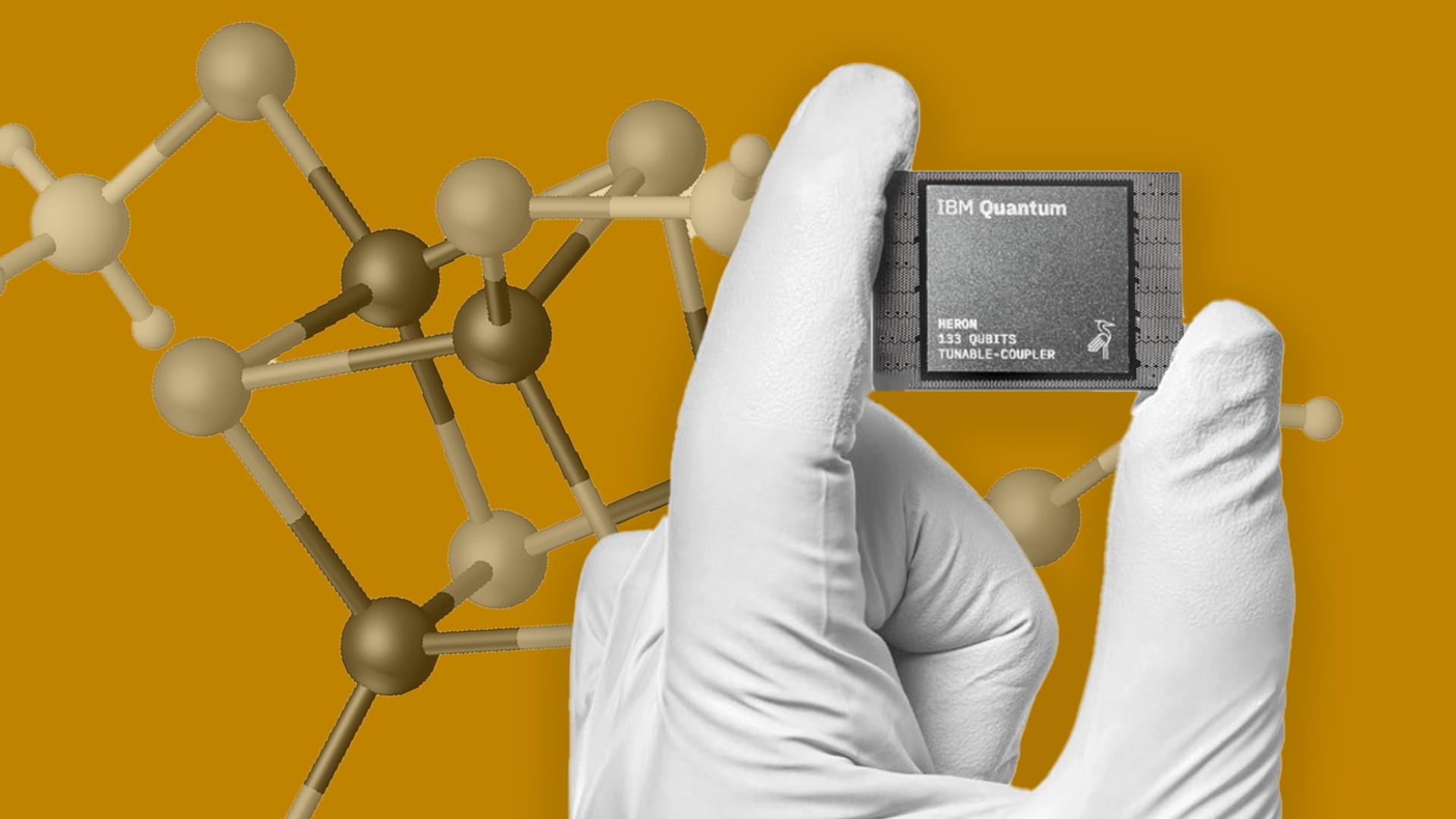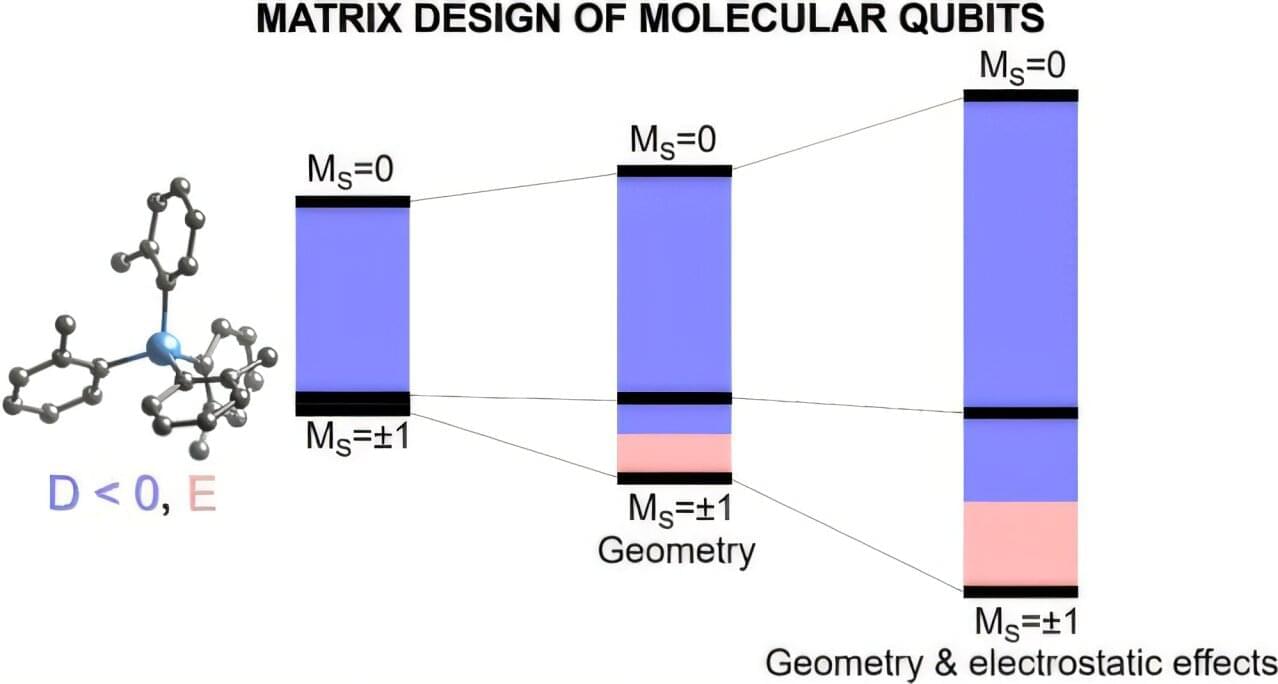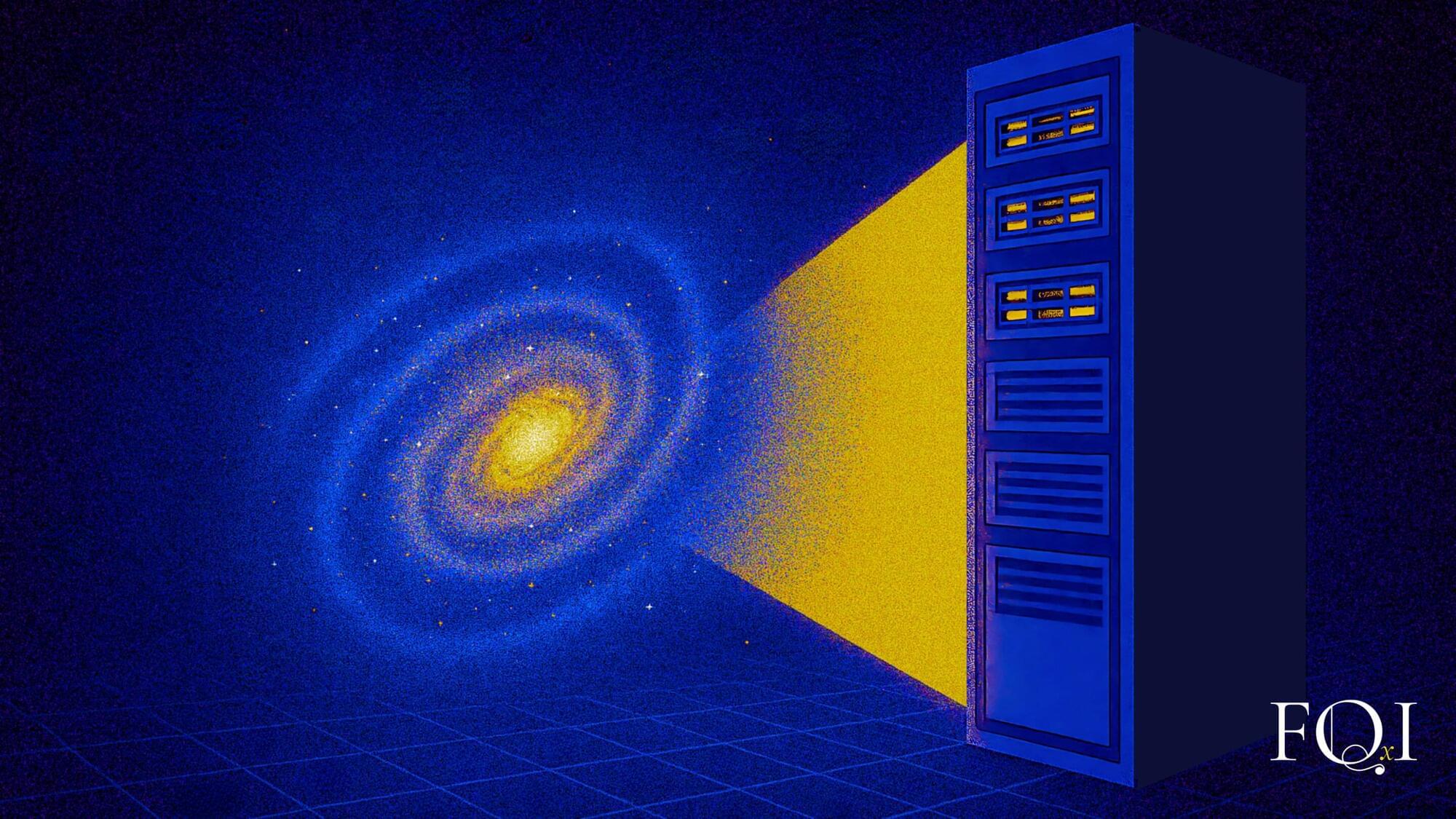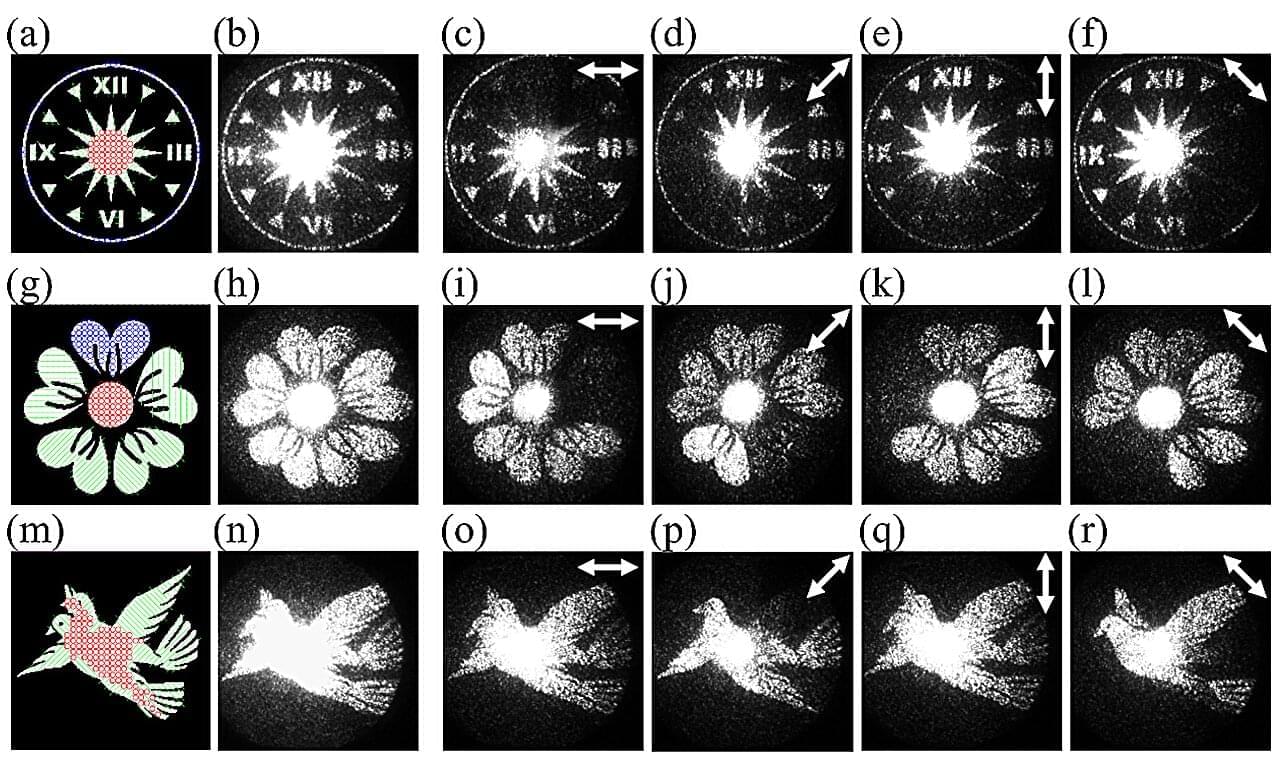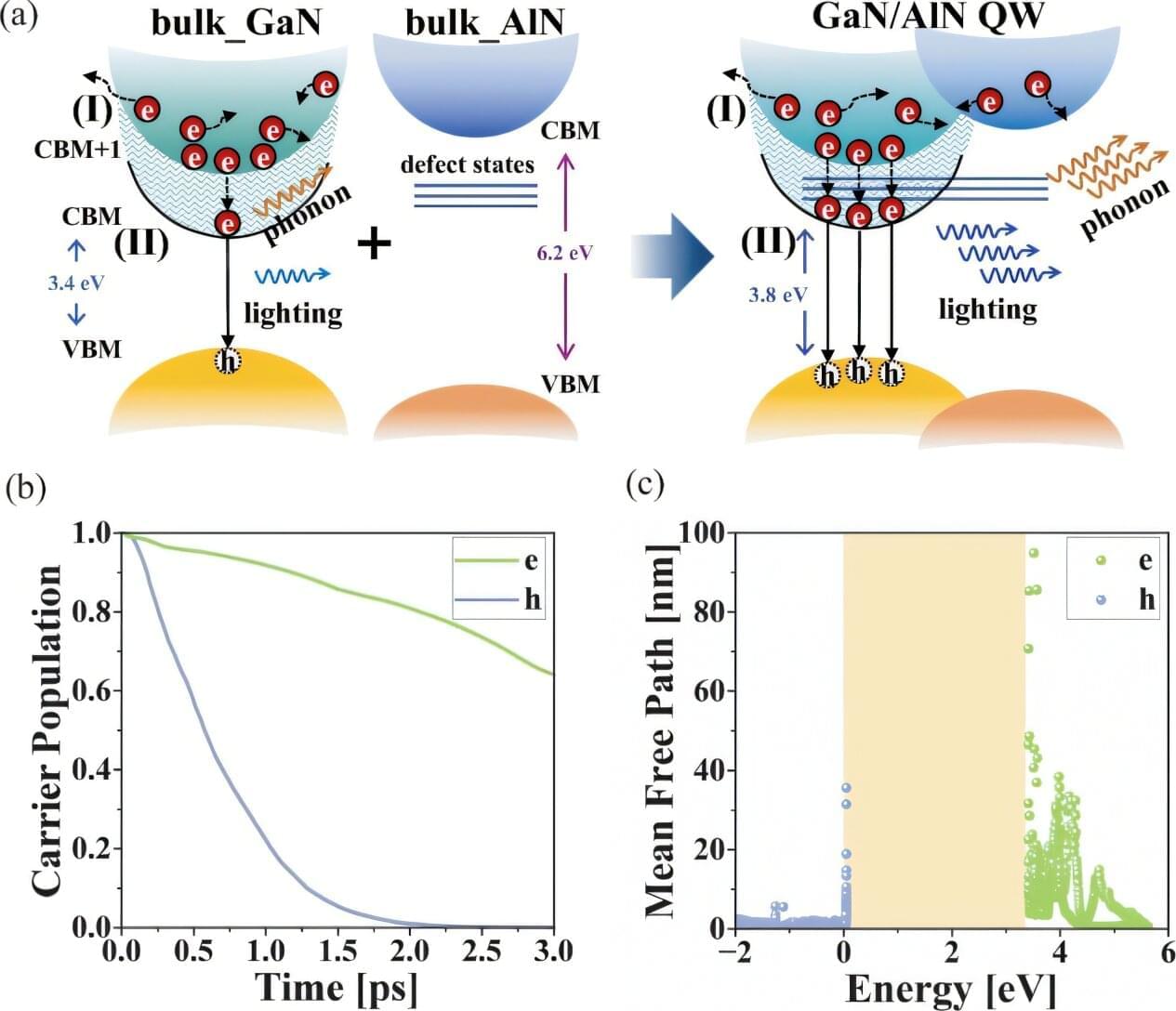It has been widely recognized that whoever controls the development of novel materials controls technologies that evolve from them. The science and technology of materials synthesis are at the heart of the discovery, design, and realization of novel quantum materials that underpin quantum technologies. From a fundamental point of view, there is a current lack of clear-cut material realizations of recently proposed quantum states that promise revolutionary advances in novel technologies, including quantum spin liquids, accessible topological superconductors, room-temperature superconductors, controllable anyonic states, etc. The current mismatch between theory and experiment strongly suggests that daunting materials challenges will hinder advances in the development of quantum technologies, such as realistic quantum computers in future decades. Indeed, despite advances in quantum information processing in recent decades, major materials challenges have significantly limited progress in quantum computing hardware platforms. It requires collaborative efforts beyond the field of quantum computing to tackle these materials challenges. There is a clear indication that existing synthesis techniques are inadequate. New synthesis technologies capable of producing new phases and structures are urgently needed.
The central theme of this Special Collection is to communicate recent developments, identify new research areas, and collectively address urgent materials challenges faced by the community of quantum materials synthesis. It will serve as a renewed effort to improve the technical infrastructure available to researchers who require highly controlled sample materials for the conduct of fundamental materials investigations. This Collection presents invited articles written by leading scientists in this community and covers quantum materials synthesis of a range of forms of materials, such as bulk single crystals, thin films/heterostructures, and two-dimensional materials.


